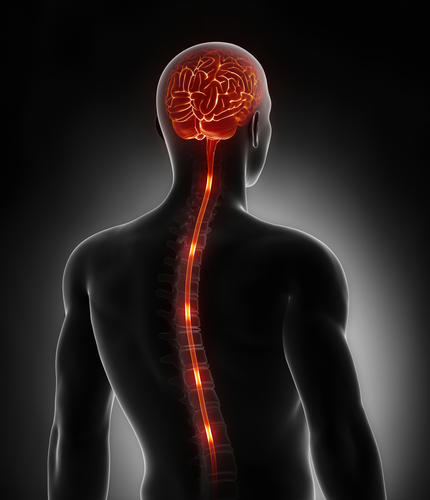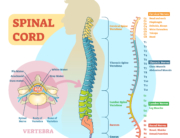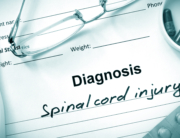Medical experts classify spinal cord injuries by how “complete” the injury is, the location of the damage, and the resulting paralysis. A spinal cord injury happens when any portion of your spinal cord or the cauda equina (the nerves at the end of your spinal canal) are damaged.
Complete Versus Incomplete Spinal Cord Injuries
Doctors measure the severity of a spinal cord injury by whether the damage is complete or incomplete.
Incomplete Injury
The Mayo Clinic says that a person has an incomplete spinal cord injury if he retains some motor or sensory function below the impacted area. The affected area is the point of damage in the spine. An injury to the spinal cord can impact multiple areas of the body, depending on how many nerves there are in that part of the spine.
A spinal cord injury is considered incomplete if it damages some but not all of the nerves at that point in the spine. It also incomplete if it harms all the nerves but does not sever them or cause you to lose all of your motor and sensory function to all parts of the body below the injury location.
Complete Spinal Cord Injury
A spinal cord injury is considered complete if the person loses all motor function (ability to control movement) and has no sensation below the injury point. The person is completely paralyzed below the spinal injury and cannot feel anything in those areas.
Why the Location of a Spinal Cord Injury Matters
Every level of the spine has nerves coming out that control the ability to move and feel sensations in different areas of the body. For example, nerves in your lower back control your legs. Nerves in your neck control your arms. The spinal cord looks like a bundle of cables (nerves) that connect the brain to the parts of the body. At the level closest to the brain, all of these nerves are bunched together in one thick bundle.
At each level of the spine, some of the nerves branch out of the spinal cord to different areas of the body. Only the nerves that control lower parts of the body continue the journey through the spinal column. The further down the spine you go, the fewer nerves remain in the spinal cord.
Types of Paralysis from Spinal Cord Injuries
There are two main kinds of paralysis a person can sustain from a spinal cord injury:
- Quadriplegia, also called tetraplegia, is a situation in which you have no motor function or sensation in your arms, legs, hands, feet, or pelvic organs.
- Paraplegia is a type of paralysis that affects your legs, trunk, and pelvic organs. The paralysis can be either complete or incomplete.
How Spinal Cord Injuries Can Affect Your Life
The symptoms of spinal cord injuries depend on the facts of the individual situation. Here are some of the signs you can experience after a spinal cord injury:
- Loss of the ability to move
- Change in or the loss of feeling, like pain, touch, hot, or cold
- Spasms or extreme reflex responses
- Difficulty breathing
- Pain or an intense stinging sensation
- Change in sexual function
- Loss of bladder or bowel control
Any of these symptoms after a back injury constitute a medical emergency.
How to Get Legal Help After a Spinal Cord Injury
The Montero Law Center helps people who get hurt because of the careless or intentional acts of others. Call us today at 954-767-6500 to discuss your legal options with a spinal cord injury attorney.
 English
English  Español
Español 



